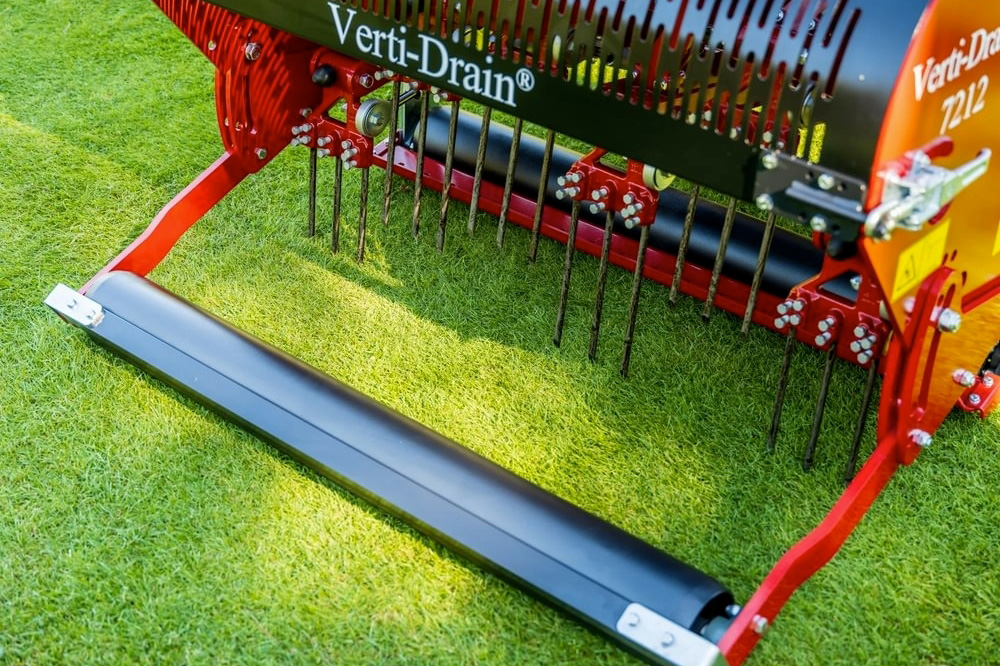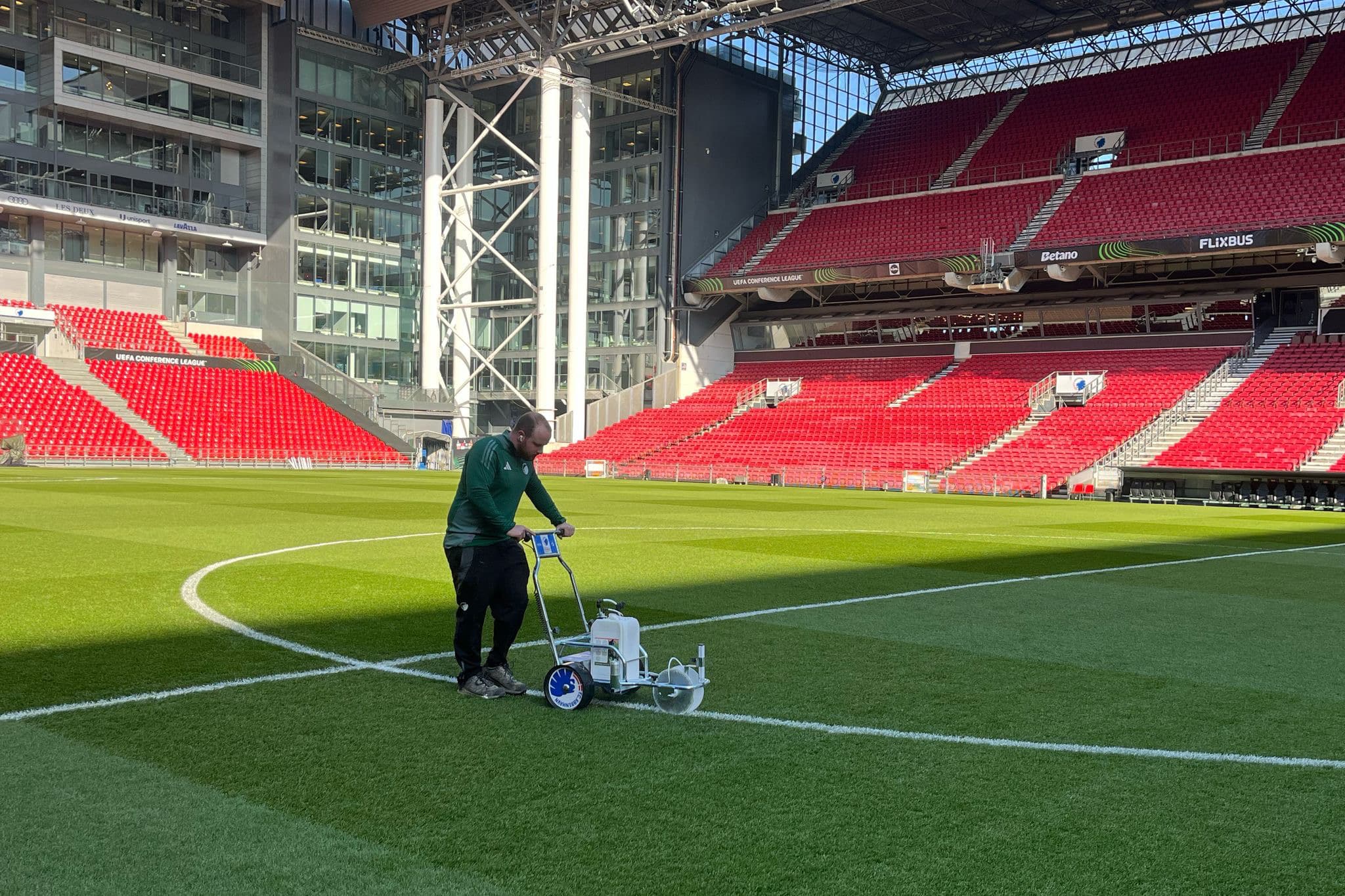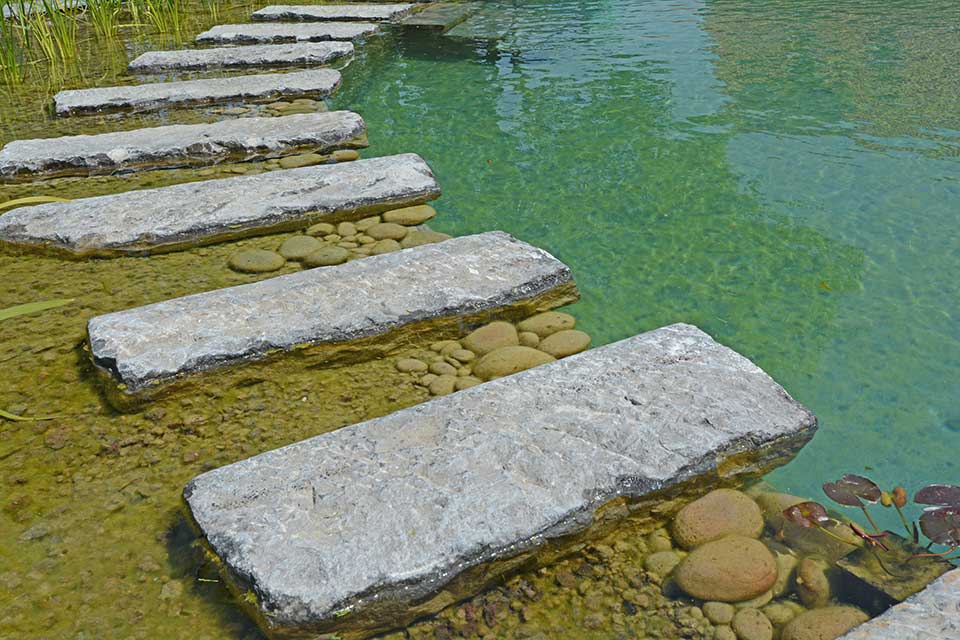
Why a biofilm likes to be seen in a swimming pond. Slippery is good
About 90% of bacteria are found there in sessile (sitting) communities on surfaces of walls, plants and filter materials. So under the form of biofilms.
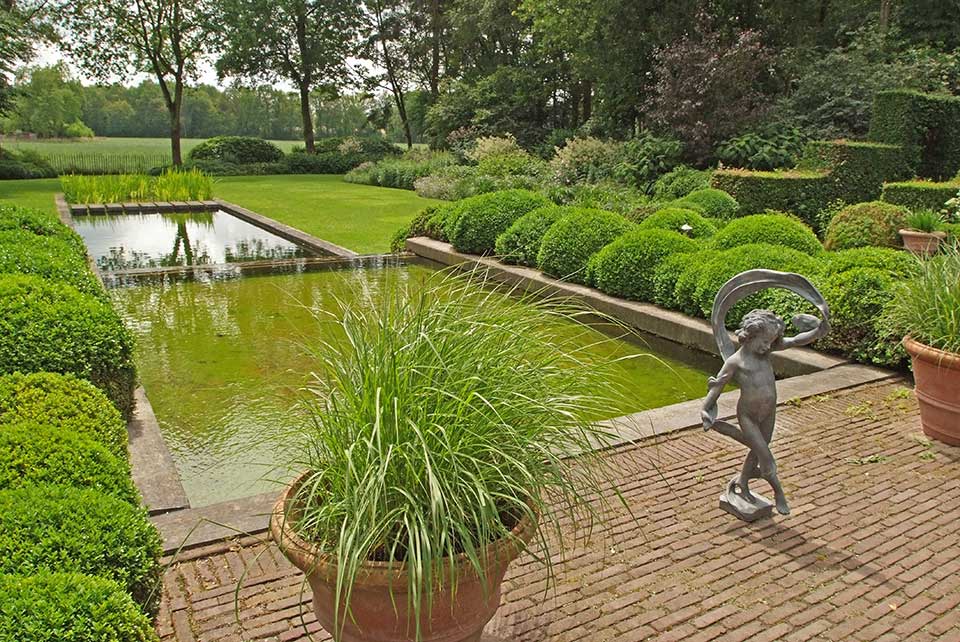
Biofilms occur in virtually every environment on Earth that has contact with water. They form on tissue as well as solid and liquid surfaces. Well-known examples include a slippery layer on the shower floor, a slimy deposit in a water pipe and the layer on our teeth. Microorganisms can adapt to the environment through biofilm formation and thus survive when they could not on their own. Above 60°C, no biofilm forms. Especially between 25 and 40°C, biofilm can easily and quickly form.
In the pond
In the pond, biofilm forms because loose microorganisms attach themselves to a wall or a pipe, for example. With the help of "slime," the loose cells make contact with each other and so different layers are formed. This allows the biofilm to better resist, for example, the flow of water.
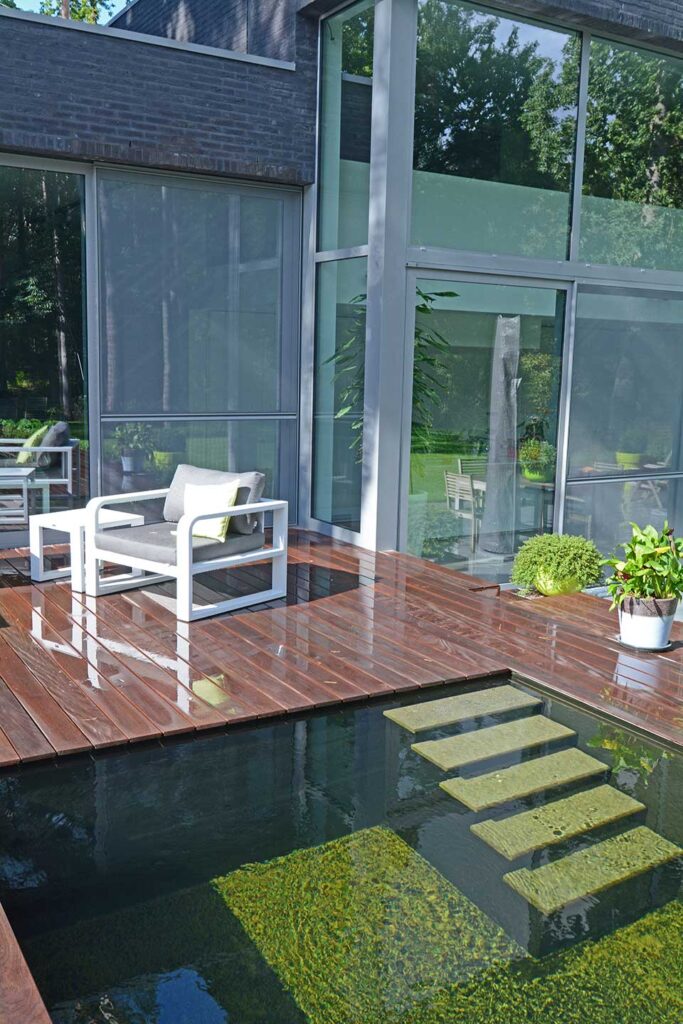
A biofilm is a complex entity that can contain not only bacteria but also algae, protozoa and other microorganisms. The whole thing feels slippery and smooth. This is due to the extra cellular matrix consisting of a combination of proteins, polysaccharides and other substances. An intricate structure is created with channels, pores and mucus, where the waste products of one become the food for another.
One can view a biofilm as a mini forest, with each species having its own task. On the outside of the biofilm, the forest expands. Cells also release and are carried away by the water. Thus, the biofilm spreads through the pond.
What does the biofilm do?
Above all: multiply. If a biofilm is allowed to run its course undisturbed and left alone, it will keep increasing in size.
Furthermore: purify the water. The pond's biofilm contains the beneficial bacteria that convert waste into useful substances. For example, the bacteria that transform the toxic ammonium into the less toxic nitrite, and the bacteria that transform this nitrite into non-toxic nitrate, which in turn is absorbed by the plants. The biological action of filters is based on the biofilm that lives on the filter substrates.
In German-speaking countries such as Austria, swimming ponds (especially large ones) are also sometimes constructed with still or nearly still water. The basis of the filter effect here is sedimentation: a natural process that occurs in nature in shallow lakes. Deep water zones that are not stirred are deliberately provided in these swimming ponds. They are intended for sedimentation.
The swimming ponds we build are almost all based on the purification principle of middle-mountain rivers, i.e. flowing water. The basis of the filter effect here is the formation of biofilm. No zones are provided here for sedimentation. Every part of the swimming pond is accessible for maintenance.
Disadvantages biofilms
The biofilm in the marsh zone and on the filter materials: it has to be there, otherwise we have no biological cleaning. Nobody will make problems about that.
The biofilm in the swimming area: it is equally useful, but one can get "hard" about it. Biofilm growing on the steps of the pond creates slipperiness there. One can slip on it.
In some cases, the biofilm that grows on the bottom and walls of the swimming pond creates some staining. On black foils such as EPDM, these stains are usually less visible; they create a kind of marble effect, which can even be beautiful. On light-colored foils, they often stand out. An aesthetic problem, in other words.
The biofilms can affect the surface on which they sit, in part because biofilms produce acids. In our mouths, the acid formation by the bacteria results in cavities in our teeth. Some biofilms can even corrode stainless steel.
Solid pond liner is resistant to acids and bacteria. However, it is wise to visually inspect the surface of the pond walls regularly. Excessive biofilm and "weird-looking" biofilm can be a sign that something is wrong with the swimming pond: the biofilm may have a poor composition, it may contain mold, or excessive copper, or others. More anaerobic bacteria will grow in too thick biofilm....
Keeping under control
A good biofilm is thin and not very visible. It consists of several desirable microorganisms that "work together" and purify the water.
A good biofilm is kept thin by mechanical cleaning of the walls of the swimming pond. It is important that all surfaces are easily accessible and regularly maintained. This is done with a brush on a sturdy handle, a pond vacuum cleaner or a robotic vacuum cleaner suitable for swimming ponds (such as the Dolphin Bio Suction).
A good biofilm for a swimming pond contains at least six different bacteria. Therefore, it is wise to regularly add a bacterial preparation (such as Bactopool from IchiPond).
Good biofilm lives in water with correct composition. When biofilm looks "other than normal," it is wise to check the water values and check the proper operation and settings of devices.
